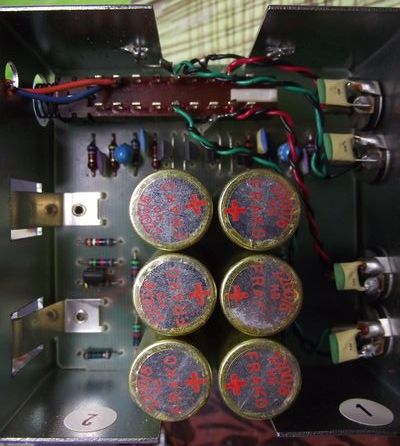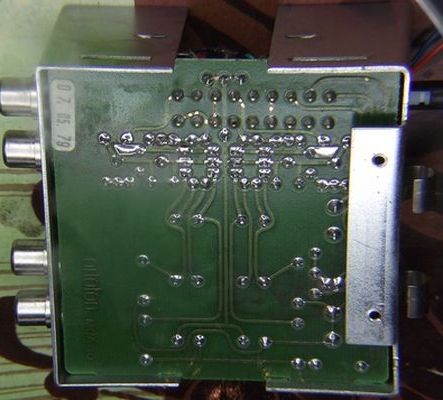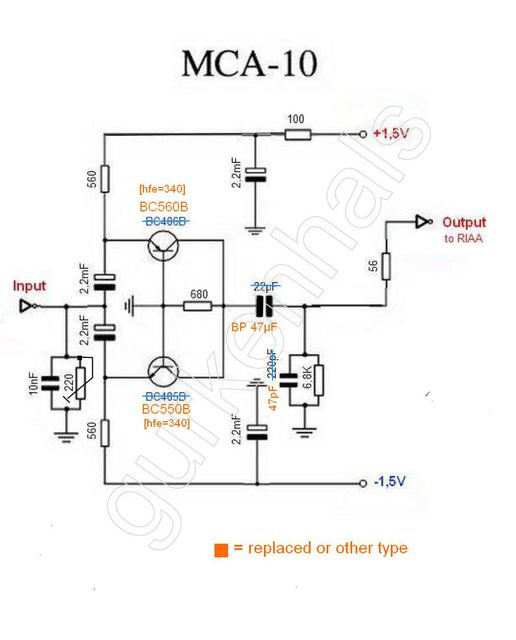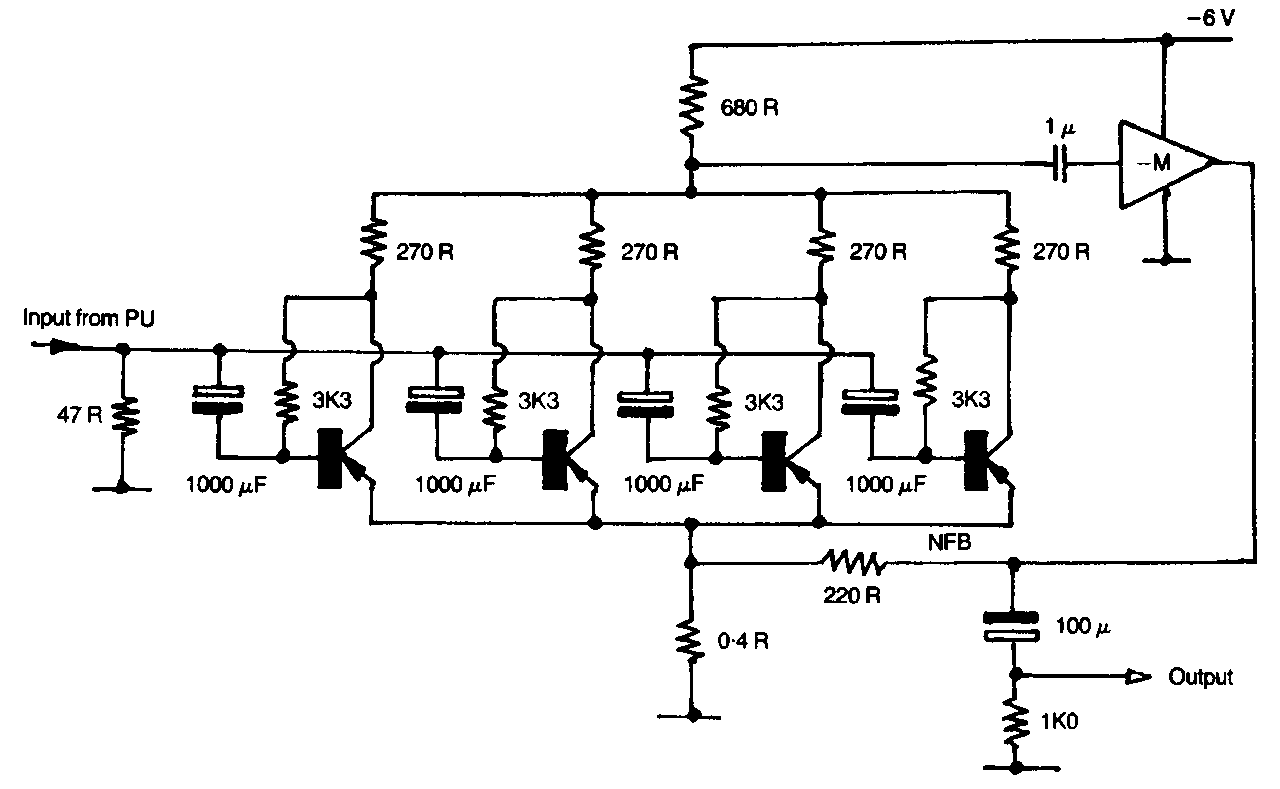Jim Audiomisc
pfm Member
Does anyone have either a circuit diagram of the old Ortofon MCA-10 moving coil 'head amp', or has one they're willing to open and photograph/circuit trace? I've been looking for full details having written this
http://www.audiomisc.co.uk/Armstrong/reviews/finale/1982.html
a while ago where it 'features'. But I lost my copy of the diagrams years ago, and when I asked Ortofon I was told everyone involved has gone, and their records of it have been binned. So although I'm clear about what I recall and wrote I don't have an actual diagram.
Jim
http://www.audiomisc.co.uk/Armstrong/reviews/finale/1982.html
a while ago where it 'features'. But I lost my copy of the diagrams years ago, and when I asked Ortofon I was told everyone involved has gone, and their records of it have been binned. So although I'm clear about what I recall and wrote I don't have an actual diagram.
Jim





